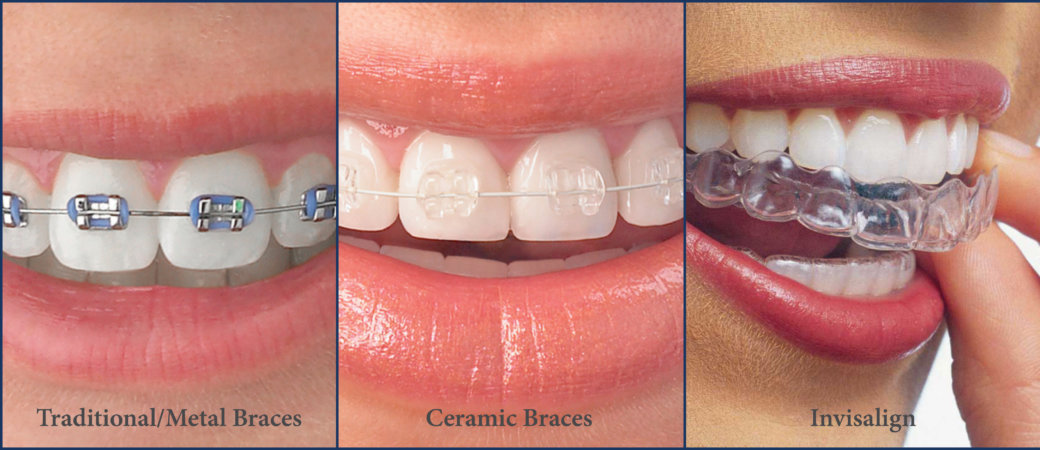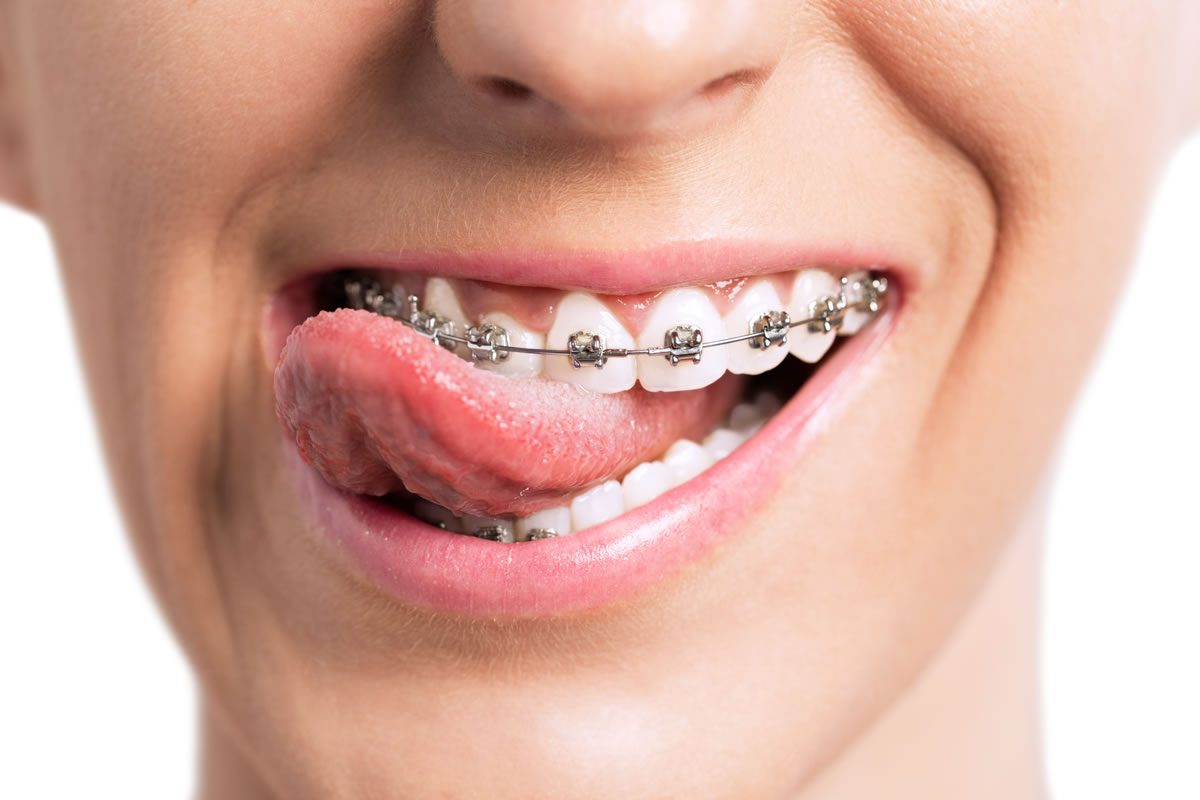Causey Orthodontics Things To Know Before You Buy
The Main Principles Of Causey Orthodontics
Table of ContentsSee This Report on Causey OrthodonticsThe Causey Orthodontics StatementsSome Ideas on Causey Orthodontics You Need To KnowThe 20-Second Trick For Causey OrthodonticsCausey Orthodontics Fundamentals Explained
Ignoring occlusal relationships, it was typical to eliminate teeth for a variety of dental concerns, such as malalignment or overcrowding. The concept of an undamaged teeth was not extensively appreciated in those days, making bite relationships seem pointless. In the late 1800s, the principle of occlusion was essential for developing trusted prosthetic substitute teeth.As these concepts of prosthetic occlusion progressed, it came to be a very useful tool for dentistry. It was in 1890 that the work and effect of Dr. Edwards H. Angle began to be really felt, with his payment to modern-day orthodontics particularly notable. Concentrated on prosthodontics, he taught in Pennsylvania and Minnesota before directing his focus towards dental occlusion and the therapies required to maintain it as a normal condition, thus becoming understood as the "dad of contemporary orthodontics".

The concept of perfect occlusion, as proposed by Angle and included right into a classification system, enabled a shift in the direction of treating malocclusion, which is any variance from typical occlusion. Having a complete collection of teeth on both arcs was highly searched for in orthodontic therapy because of the need for specific partnerships in between them.
The Single Strategy To Use For Causey Orthodontics
As occlusion became the crucial top priority, face proportions and looks were neglected - family orthodontics. To achieve suitable occlusals without using outside pressures, Angle proposed that having best occlusion was the very best way to obtain optimum facial aesthetic appeals. With the passing of time, it came to be quite noticeable that also an exceptional occlusion was not appropriate when considered from an aesthetic viewpoint
Charles Tweed in America and Raymond Begg in Australia (that both examined under Angle) re-introduced dental care removal into orthodontics throughout the 1940s and 1950s so they can improve facial esthetics while additionally ensuring better stability concerning occlusal partnerships. In the postwar period, cephalometric radiography started to be used by orthodontists for determining modifications in tooth and jaw position triggered by growth and therapy. It came to be apparent that orthodontic treatment might readjust mandibular advancement, bring about the development of useful jaw orthopedics in Europe and extraoral force measures in the US. These days, both functional appliances and extraoral tools are applied around the world with the aim of changing development patterns and kinds. Seeking real, or at the very least enhanced, jaw relationships had actually come to be the primary purpose of treatment by the mid-20th century.
How Causey Orthodontics can Save You Time, Stress, and Money.
 Up until the mid-1970s, braces were made by covering metal around each tooth. https://www.choice.directory/united-states/gainesville/dentistry-orthodontics/causey-orthodontics-35889., it ended up being possible to rather bond steel braces to the teeth.
Up until the mid-1970s, braces were made by covering metal around each tooth. https://www.choice.directory/united-states/gainesville/dentistry-orthodontics/causey-orthodontics-35889., it ended up being possible to rather bond steel braces to the teeth.Andrews offered an insightful interpretation of the excellent occlusion in long-term teeth. This has actually had significant effects on orthodontic treatments that are administered routinely, and these are: 1. Proper interarchal relationships 2. Correct crown angulation (tip) 3. Right crown disposition (torque) 4. No rotations 5. Limited contact points 6. Apartment Contour of Spee (0.02.5 mm), and based on these principles, he discovered a therapy system called the straight-wire device system, or the pre-adjusted edgewise system.
The advantage of the design hinges on its brace and archwire mix, which requires just very little wire bending from the orthodontist or clinician (best orthodontist). It's aptly named after this attribute: the angle of the port and density of the bracket base inevitably determine where each tooth is situated with little requirement for added control
The Greatest Guide To Causey Orthodontics
Both of these systems utilized identical braces for every tooth and necessitated the bending of an archwire in 3 aircrafts for locating teeth in their preferred settings, with these bends determining best placements. When it involves orthodontic devices, they are split right into 2 kinds: detachable and repaired. Detachable devices can be taken on and off by the client as required.

Thus, nearly all modern-day fixed devices can be taken into consideration variants on this edgewise appliance system. Early 20th-century orthodontist Edward Angle made a significant payment to the globe of dental care. He developed four distinctive home appliance systems that have actually been used as the basis for many orthodontic treatments today, barring a few exemptions.
Causey Orthodontics Things To Know Before You Buy

The cord finished in a thread, and to move it onward, a flexible nut was used, which permitted an increase in area. By ligation, each specific tooth was affixed to this large archwire (best orthodontist near me). Because of its minimal variety of movement, Angle was incapable to attain accurate tooth placing with an E-arch
These tubes held a firm pin, which can be rearranged at each visit in order to relocate them in location. Called the "bone-growing device", this device was theorized to encourage much healthier bone growth because of its capacity for transferring pressure directly to the origins. Implementing it confirmed problematic in reality.